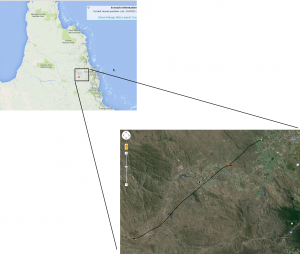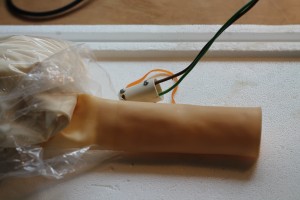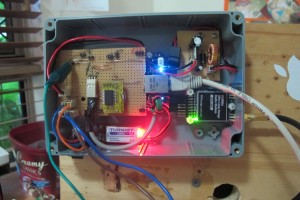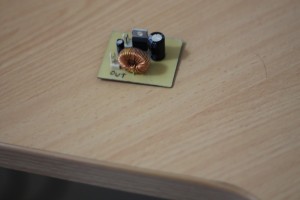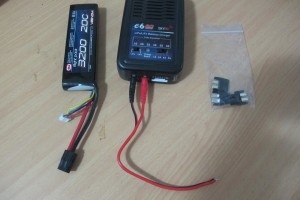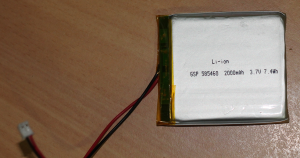If we had more people launching balloons around Cairns, then attending such events would help to give one the knowledge/experience required to launch a balloon. In the absence of this, we will perform a ‘pretend’ launch.
I’ve been working on a ‘pretend’ launch, where we go through all the motions of inflating a balloon, but we don’t do the final step, and that is ‘let it go’. This I feel is an important part of the project because when we travel 3hrs inland, we don’t want to have to turn around to get a missing part, or pop the balloon when it is two thirds full.
The instructions generated for performing the launch have been mostly done, but there will be several refinements made and there will be complimentary video, pictures to assist in analysing/refreshing our minds on the whole process. It should all be relatively straight-forward, but we leave nothing to chance.
With this ‘pretend’ launch, we will use Helium like at go-live…we will try and keep everything as realistic as possible. We will also conduct a trial ‘cut-down’ to confirm that this part works satisfactorily.

